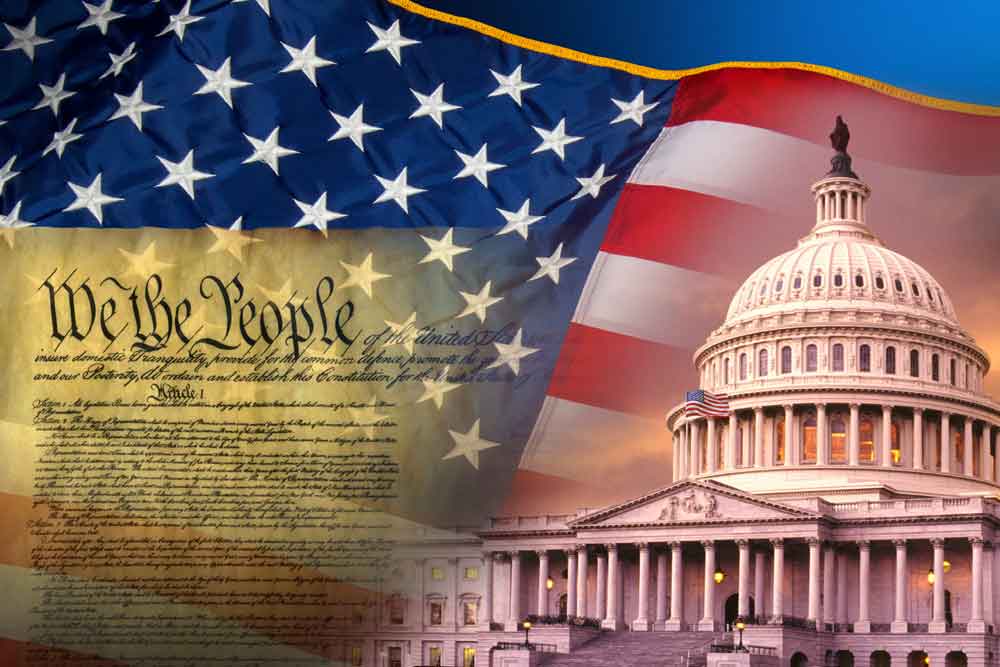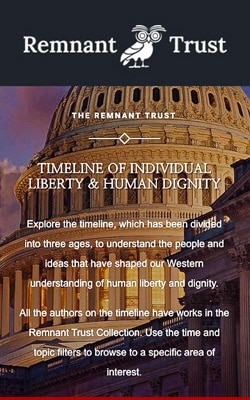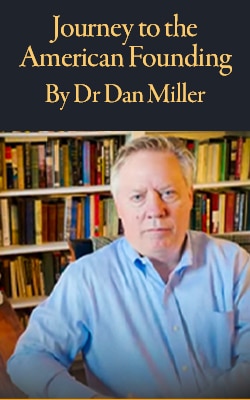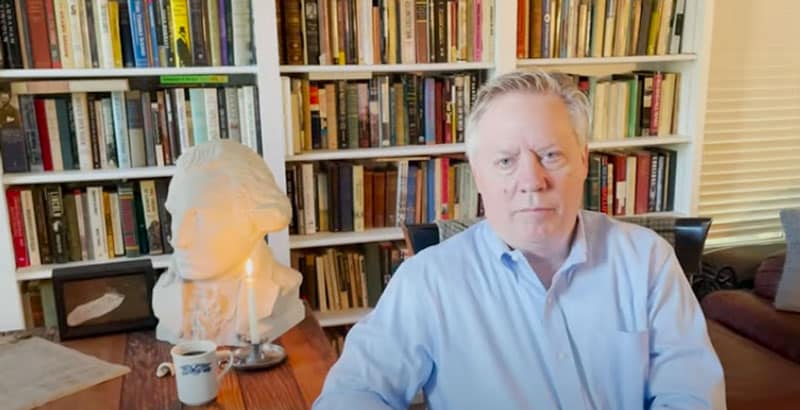Journey to the American Founding
April 13 1773
The stories we’re seeing from the last half of 1772 and early 1773 are a mixture of change and continuity. Surrounding the mixture is an intensification of actions and decisions. The new and old twist together in revolving cycles. The pace is not what it once was—it has picked up speed.


Excerpts from: Americanism Redux: April 13, on the journey to the American Founding, 250 years ago today, in 1773
“Happy Birthday to you. Happy Birthday to you. Happy Birthday, dear name-goes-here, Happy Birthday to you…”
They finish the crooning.
Or maybe shouts of “for he’s a jolly good fellow, for he’s a jolly good fellow, for he’s a jolly good fellow…”
They stretch out that last note.
If not either of these then let’s do a quiet dinner with candlelight, chosen foods, and a favorite companion.
What’s your birthday wish?
250 years ago today, and it’s that special day for 40-turning 41-year old Lord North in London, England.
You know him from before as King George III’s Prime Minister of Parliament. Millions of people will be affected by this man. He’ll decide and choose for himself on many things, seek to manage and oversee on many other things, fail to prevent or reverse in still more things. . .
Other side of the Atlantic Ocean and another birthday celebration occurs today, 250 years ago. It’s Thomas Jefferson’s special day as he is 29-turning-30-years old. Red-headed, too. Straight-backed. Tall. Eyes known less for size and more for sparkle.
He’s one of the younger members of the Virginia colonial legislature. He affects hundreds of people right now, some enslaved by him, some committed to him as voters, a few collaborating with him as co-legislators and co-participants in the colonial rights movement. One day, slightly more than three years from now, those hundreds of people will become thousands in the heat of crisis, then millions as the decades fly, and then, centuries on, billions, all drawn by words he’ll craft into a declarative document and against which both he and the people around him will be:
“and many more…” goes the song.
Evaluated.
“and so say all of us…” goes the chant.
Assessed.
“on your day, dear…” goes the soft voice.
Judged.
Also
Today, 250 years ago, as birthdays come and go, Samuel Adams reads documents from four towns in Massachusetts. Each—Duxborough, Weymouth, Gardnerstown, and Framingham—has convened town meetings for the writing and endorsement of statements in support of the Committees of Correspondence and the colonial rights movement. Four statements documented from four towns all arrive to Adams in Boston on the same day, today. A marvelous thing to behold. . .
George Washington finishes writing a personal document to another royal governor, in his case, Lord Dunmore of Virginia. Washington uses warmth and friendliness in his letter to Dunmore. He informs the governor that he’s traveling to New York City to enroll his son-in-law in King’s College (Columbia University). . .
For You Now
We have four people today, 250 years ago. They break down into two pairs. One is a birthday pair. One is a parchment pair. Each pair is a sort of line segment with two ends. They cross and in so doing, form an axis. . .
North and Jefferson don’t know that their futures will root and bolt them on opposing sides. North holds a position of more visible power and authority. Jefferson occupies a less exalted place, until, that is, he agrees to take on a particular challenge as a writer and, more specifically, a public writer in a critical moment. . .
Washington and Dunmore know each other well and know where each other stands. They aren’t equal in position or place but they are within touching distance of each other. In some ways, in individual economics, for example, the inequality is much more pronounced with Washington’s wealth far exceeding that of Dunmore. . .
But your mind might be tricking you. Actually, the parchment pair isn’t Washington and Dunmore. No, it’s Washington and Adams that form the opposites here. Both Washington and Adams have parchment paper in their hands today—one is the writer and sender and the other is the reader and recipient. The question for them will be what the pair of parchment papers represents. . .
A pair of this and a pair of that on a line running here and another line running there. The lines intersect and make an axis. And along the axis, you can begin to plot…(what?) . . .
Suggestion
Two considerations. Consider a pair of things in the American nation that, for you right now, stand as opposites. What does the pair represent? Now, consider a second pair of opposites. You’ve just made your axis and it might be important in the time ahead.
TITLE: Americanism Redux: April 13, on the journey to the American Founding, 250 years ago today, in 1773
By Dr. Dan Miller
To know us better then is to know us more fully now. Welcome to Americanism Redux and my one-a-week stories of 250 years ago. For the all the stories thus far, Visit Historical Solutions, Dr Dan Miller’s website>
Journey to the American Founding
Welcome to Americanism Redux, a series by historian author, Dr. Dan Miller. He explores what Americanism meant 250 years ago and its significance for America today.
What Can I Do?
We invite you to share our passion for Individual Liberty and Human Dignity to a new generation including educators, students, business leaders and Americans from all walks of life.




